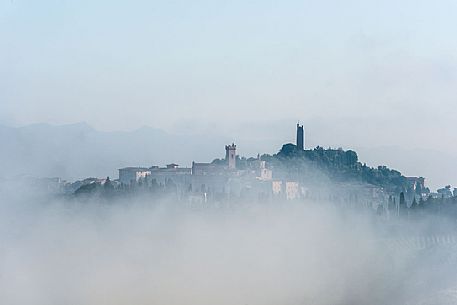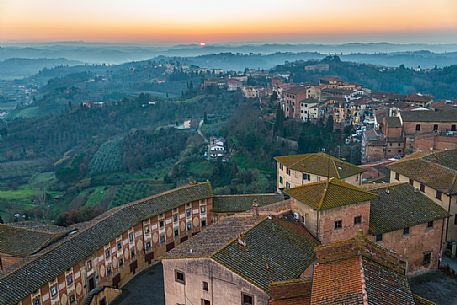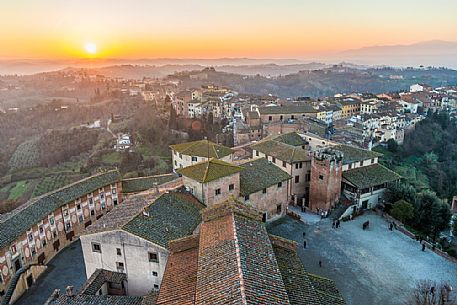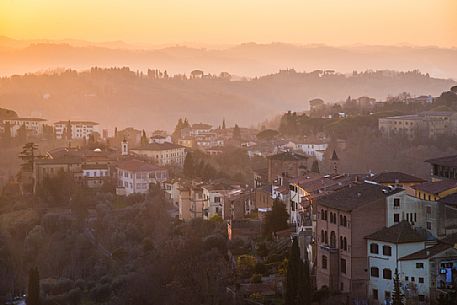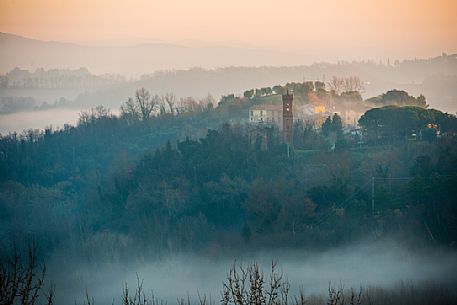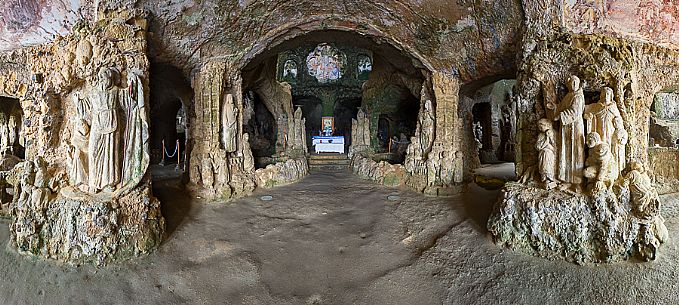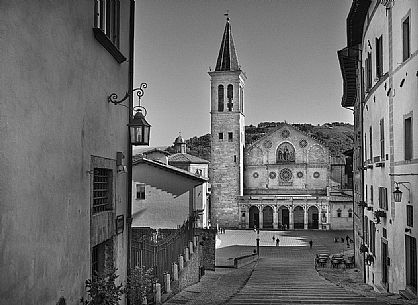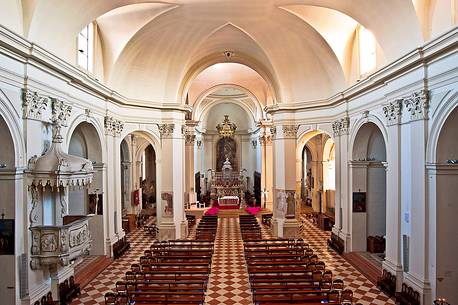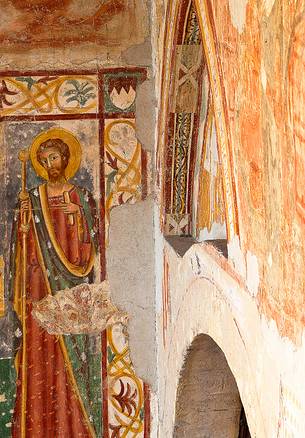Please Sign in or Register now to manage lightbox and cart
Lightboxes - How to use them
A Lightbox is a virtual table where you can collect and view images of interest.
Collect the files you like from any search results page or file close-up page by clicking the 'Add to your Lightbox' icon.
To open and view your selection, click the Lightbox link on the top navigation menu. You can have more than one lightbox if you're working on different projects.
You can email a Lightbox to friends and colleagues for review and discussion before purchase; they will receive an email with a link to the Lightbox that you created.

photographer: Stefano Coltelli
Tower of Matilde or Torre Matilde at sunset, San Miniato, Tuscany, Italy
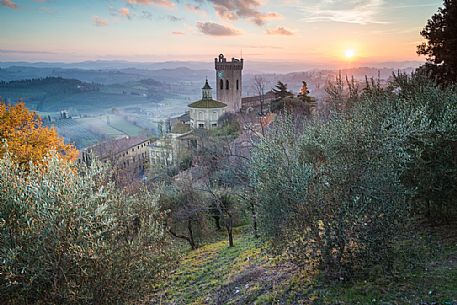
photographer: Stefano Coltelli
Tower of Matilde or Torre Matilde at sunset, San Miniato, Tuscany, Italy
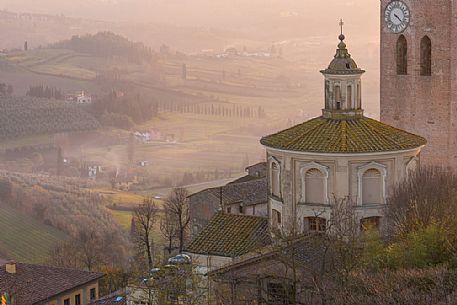
photographer: Stefano Coltelli
Tower of Matilde or Torre Matilde at sunset, San Miniato, Tuscany, Italy
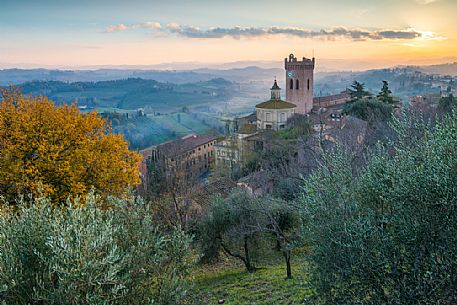
photographer: Stefano Coltelli
Tower of Matilde or Torre Matilde at sunset, San Miniato, Tuscany, Italy

photographer: Stefano Coltelli
Tower of Matilde or Torre Matilde at sunset, San Miniato, Tuscany, Italy
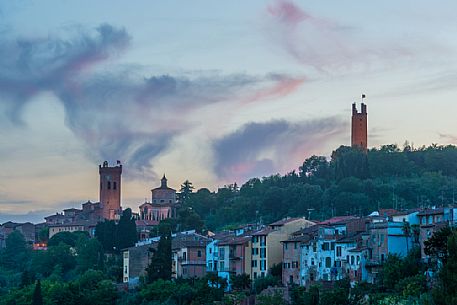
photographer: Stefano Coltelli
Twilight on the hills of San Miniato with Matilde and Federico II towers illuminated, Tuscany, Italy
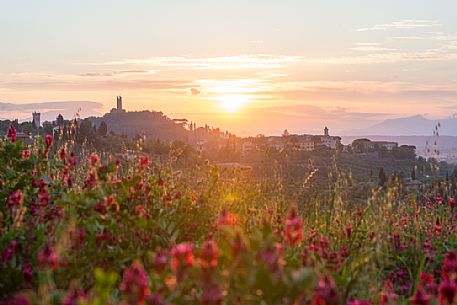
photographer: Stefano Coltelli
Sunset on the hills of San Miniato with Matilde and Federico II towers, Tuscany, Italy
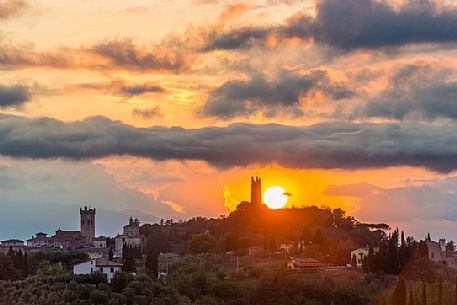
photographer: Stefano Coltelli
Sunset on the hills of San Miniato with Matilde and Federico II towers, Tuscany, Italy
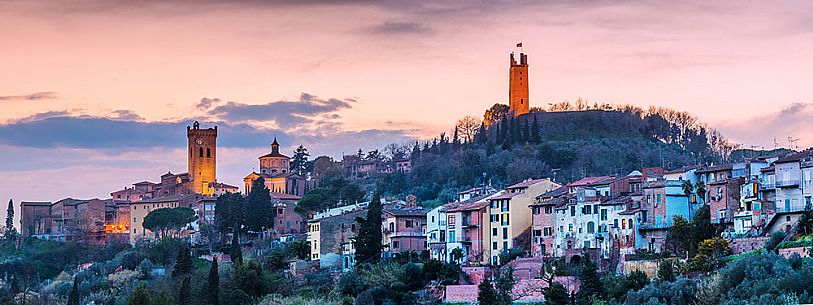
photographer: Stefano Coltelli
Twilight on the hills of San Miniato with Matilde and Federico II towers illuminated, Tuscany, Italy
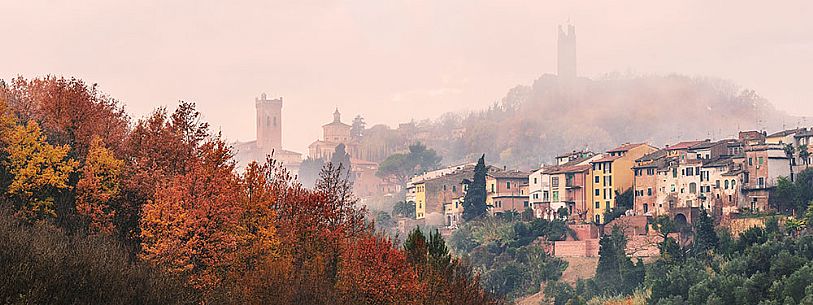
photographer: Stefano Coltelli
Sunrise on the hills of San Miniato with Matilde and Federico II towers, Tuscany, Italy
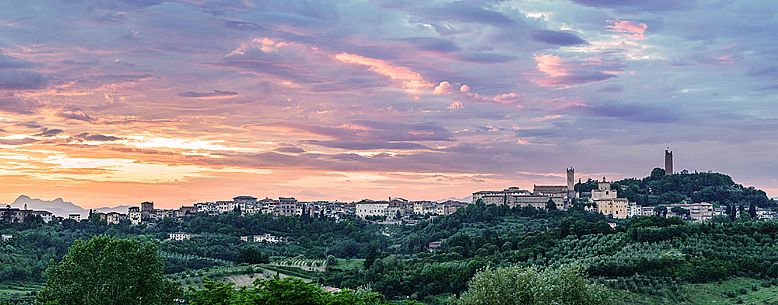
photographer: Stefano Coltelli
Sunset on the hills of San Miniato with Matilde and Federico II towers, Tuscany, Italy
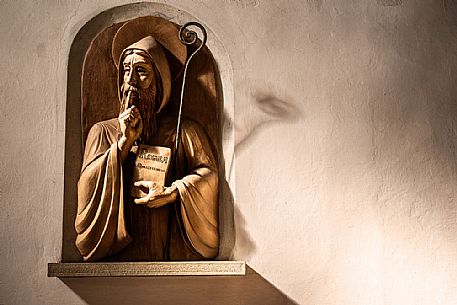
photographer: Stefano Coltelli
Statue in the San Martino church, Agliati, Tuscany, Italy
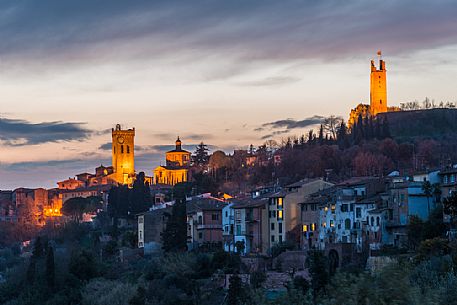
photographer: Stefano Coltelli
Twilight on the hills of San Miniato with Matilde and Federico II towers illuminated, Tuscany, Italy

photographer: Stefano Coltelli
Sunset on the hills of San Miniato with Matilde and Federico II towers, Tuscany, Italy

photographer: Stefano Coltelli
Tower of Matilde or Torre Matilde at sunrise, San Miniato, Tuscany, Italy
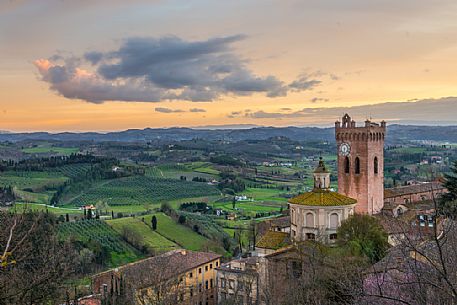
photographer: Stefano Coltelli
Tower of Matilde or Torre Matilde at sunset, San Miniato, Tuscany, Italy
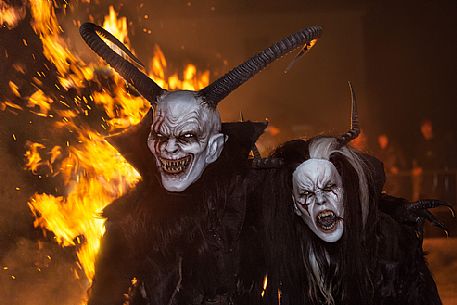
photographer: Anne Maenurm
Bad Santa, meet Krampus: a half-goat, half-demon, horrific beast who literally beats people into being nice and not naughty. Krampus, whose name is derived from the German word krampen, meaning claw, is said to be the son of Hel in Norse mythology. The legendary beast also shares characteristics with other scary, demonic creatures in Greek mythology, including satyrs and fauns, Tarvisio, Italy
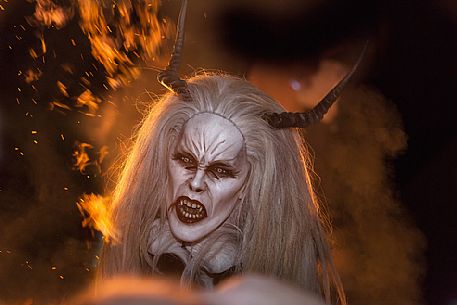
photographer: Anne Maenurm
Bad Santa, meet Krampus: a half-goat, half-demon, horrific beast who literally beats people into being nice and not naughty. Krampus, whose name is derived from the German word krampen, meaning claw, is said to be the son of Hel in Norse mythology. The legendary beast also shares characteristics with other scary, demonic creatures in Greek mythology, including satyrs and fauns, Tarvisio, Italy
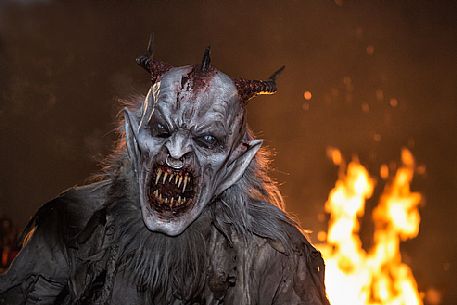
photographer: Anne Maenurm
Bad Santa, meet Krampus: a half-goat, half-demon, horrific beast who literally beats people into being nice and not naughty. Krampus, whose name is derived from the German word krampen, meaning claw, is said to be the son of Hel in Norse mythology. The legendary beast also shares characteristics with other scary, demonic creatures in Greek mythology, including satyrs and fauns, Tarvisio, Italy
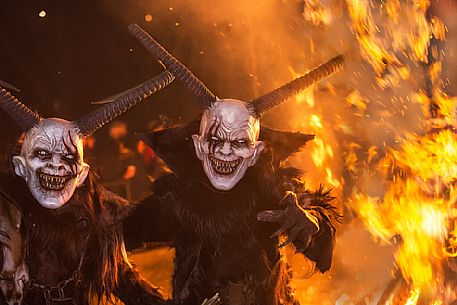
photographer: Anne Maenurm
Bad Santa, meet Krampus: a half-goat, half-demon, horrific beast who literally beats people into being nice and not naughty. Krampus, whose name is derived from the German word krampen, meaning claw, is said to be the son of Hel in Norse mythology. The legendary beast also shares characteristics with other scary, demonic creatures in Greek mythology, including satyrs and fauns, Tarvisio, Italy
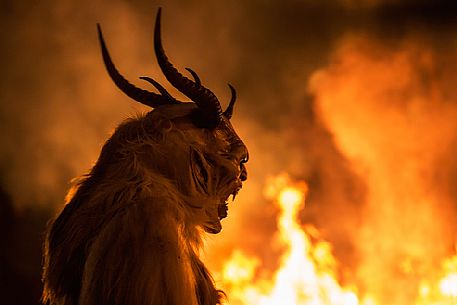
photographer: Anne Maenurm
Bad Santa, meet Krampus: a half-goat, half-demon, horrific beast who literally beats people into being nice and not naughty. Krampus, whose name is derived from the German word krampen, meaning claw, is said to be the son of Hel in Norse mythology. The legendary beast also shares characteristics with other scary, demonic creatures in Greek mythology, including satyrs and fauns, Tarvisio, Italy

photographer: Anne Maenurm
Bad Santa, meet Krampus: a half-goat, half-demon, horrific beast who literally beats people into being nice and not naughty. Krampus, whose name is derived from the German word krampen, meaning claw, is said to be the son of Hel in Norse mythology. The legendary beast also shares characteristics with other scary, demonic creatures in Greek mythology, including satyrs and fauns, Tarvisio, Italy
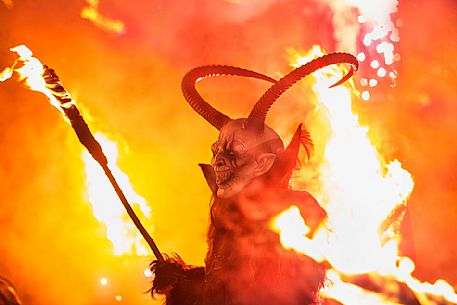
photographer: Anne Maenurm
Bad Santa, meet Krampus: a half-goat, half-demon, horrific beast who literally beats people into being nice and not naughty. Krampus, whose name is derived from the German word krampen, meaning claw, is said to be the son of Hel in Norse mythology. The legendary beast also shares characteristics with other scary, demonic creatures in Greek mythology, including satyrs and fauns, Tarvisio, Italy
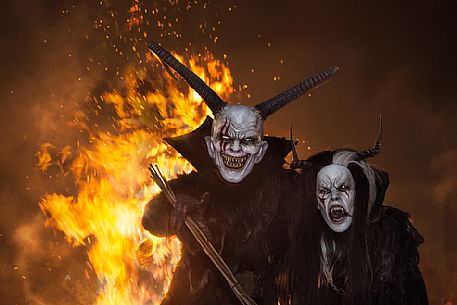
photographer: Anne Maenurm
Bad Santa, meet Krampus: a half-goat, half-demon, horrific beast who literally beats people into being nice and not naughty. Krampus, whose name is derived from the German word krampen, meaning claw, is said to be the son of Hel in Norse mythology. The legendary beast also shares characteristics with other scary, demonic creatures in Greek mythology, including satyrs and fauns, Tarvisio, Italy
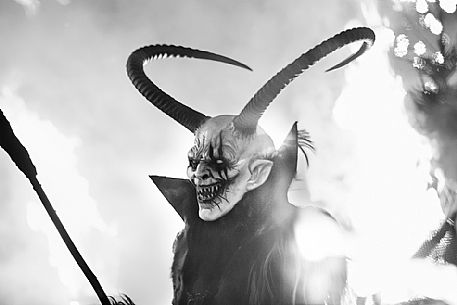
photographer: Anne Maenurm
Bad Santa, meet Krampus: a half-goat, half-demon, horrific beast who literally beats people into being nice and not naughty. Krampus, whose name is derived from the German word krampen, meaning claw, is said to be the son of Hel in Norse mythology. The legendary beast also shares characteristics with other scary, demonic creatures in Greek mythology, including satyrs and fauns, Tarvisio, Italy
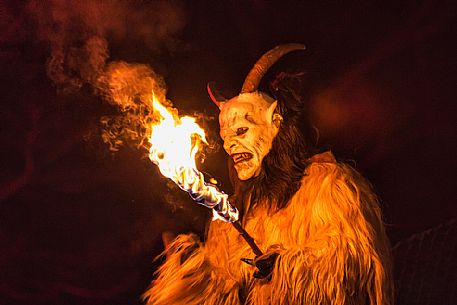
photographer: Anne Maenurm
Bad Santa, meet Krampus: a half-goat, half-demon, horrific beast who literally beats people into being nice and not naughty. Krampus, whose name is derived from the German word krampen, meaning claw, is said to be the son of Hel in Norse mythology. The legendary beast also shares characteristics with other scary, demonic creatures in Greek mythology, including satyrs and fauns, Tarvisio, Italy
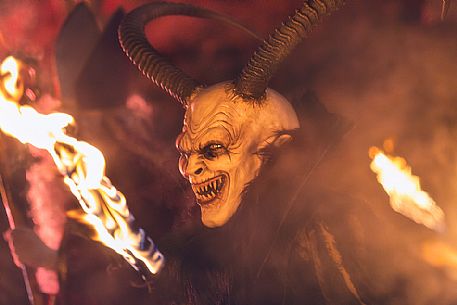
photographer: Anne Maenurm
Bad Santa, meet Krampus: a half-goat, half-demon, horrific beast who literally beats people into being nice and not naughty. Krampus, whose name is derived from the German word krampen, meaning claw, is said to be the son of Hel in Norse mythology. The legendary beast also shares characteristics with other scary, demonic creatures in Greek mythology, including satyrs and fauns, Tarvisio, Italy
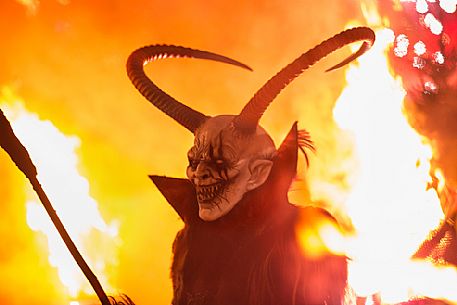
photographer: Anne Maenurm
Bad Santa, meet Krampus: a half-goat, half-demon, horrific beast who literally beats people into being nice and not naughty. Krampus, whose name is derived from the German word krampen, meaning claw, is said to be the son of Hel in Norse mythology. The legendary beast also shares characteristics with other scary, demonic creatures in Greek mythology, including satyrs and fauns,Tarvisio, Italy
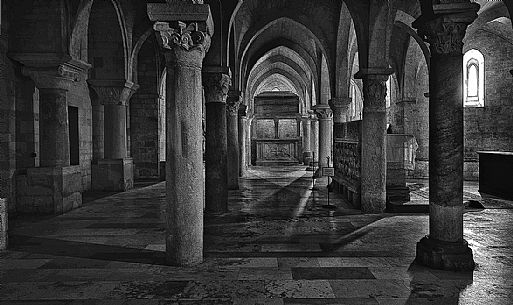
photographer: Mauro Maione
Crypt of Mastro Filippo in the church of San Leopardo, Osimo, Marche, Italy
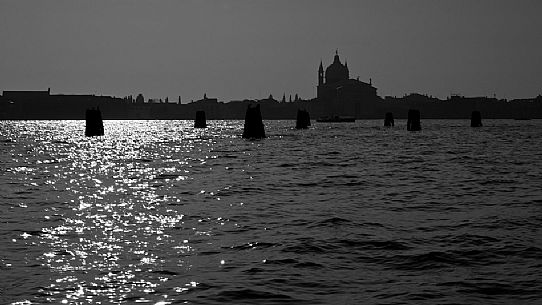
photographer: Diana Crestan
The silhouette of Chiesa del Santissimo Redentore. It is a 16th-century Roman Catholic church located on Giudecca Island, in the city of Venice, Italy, Europe
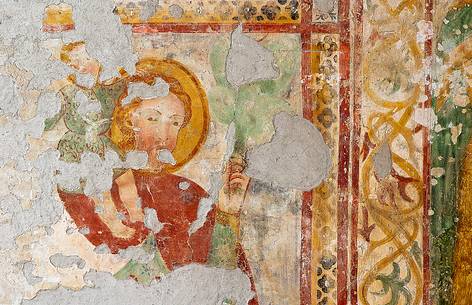
photographer: Diana Crestan
Medieval frescoes of the VIII century in the the Abbazia di Santa Maria in Sylvis abbey, Sesto al Reghena, Friuli Venezia Giulia, Italy, Europe

